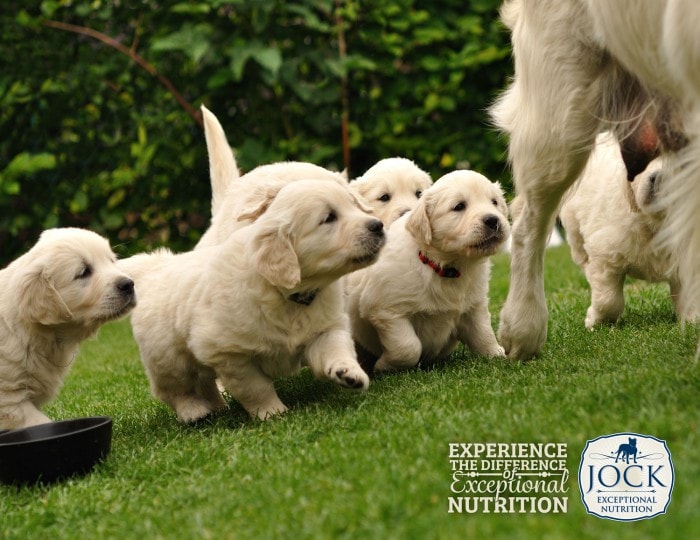With World Population Day coming up on 11 July, we thought we’d take a look at how canine sterilisation can help control the number of unwanted dogs in our society. Each year thousands of dogs end up homeless or in shelters, and often end up being put down due to the burden they put on the system. Sterilisation can help control the problem by preventing overpopulation, so we spoke to our resident expert veterinarian, Dr. Ockert Botha (BVSc) to bring you everything you need to know about the procedure.
Neutering and Spaying
Neutering and spaying are safe surgical procedures that render dogs incapable of breeding by removing their reproductive organs. Neutering is commonly referred to as the castration of males and deals with the complete removal of their testicles. Spaying is when a female dog gets sterilised, which involves the removal of the ovaries, fallopian tubes and uterus.
The additional benefits
Apart from not being able to breed, neutering male dogs also helps decrease their risk of injury and the transmission of infectious diseases, because their desire to roam about is lessened. Neutered male dogs will also not be able to get testicular cancer and will have a decreased chance of developing prostate enlargement as they age. Female dogs that have been spayed will not be at risk for ovarian or uterine tumours, and are far less likely to develop breast cancer.
When to do it
It is advisable to schedule the sterilisation surgery before your dog is six months old. This helps to eliminate the chance of pregnancy and also avoids the start of urine marking. The procedure can also be carried out on puppies as young as eight weeks old, but is not often performed in South Africa.
Female dogs in heat can be spayed, but this is not recommended as they may suffer an increase in blood loss. The procedure may carry more risks in older dogs, so it is best to contact your veterinarian to see if it can be performed safely. They may advise a pre-anaesthetic panel of blood tests and even some ancillary diagnostic tests to determine if the dog is an anaesthetic risk.
Preparation and recovery
You should avoid giving your dog any food after midnight the night before surgery. This is not the case with puppies, as they need lots of food, so it’s best to consult your veterinarian. It is also best not to allow your dog to drink any water on the morning of surgery.
After surgery, let your dog recover in a peaceful spot away from other animals and try to limit any running and jumping in the first few days. In order to avoid infection, discourage your dog from licking the incision site by either using an Elizabethan collar or using treats. You should also check the incision site on a daily basis to see if it’s healing properly. It is also recommended to not give your dog a bath for at least 10 days after surgery.
The greater good
Although the sterilisation procedure might sound quite invasive, it serves a bigger purpose. Not only do you save yourself from the financial burden of looking after dogs from an unwanted pregnancy, you also ensure that these animals don’t end up homeless and adding to the canine overpopulation most cities suffer with.

